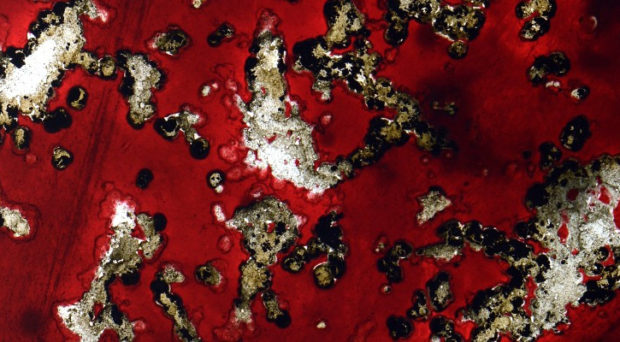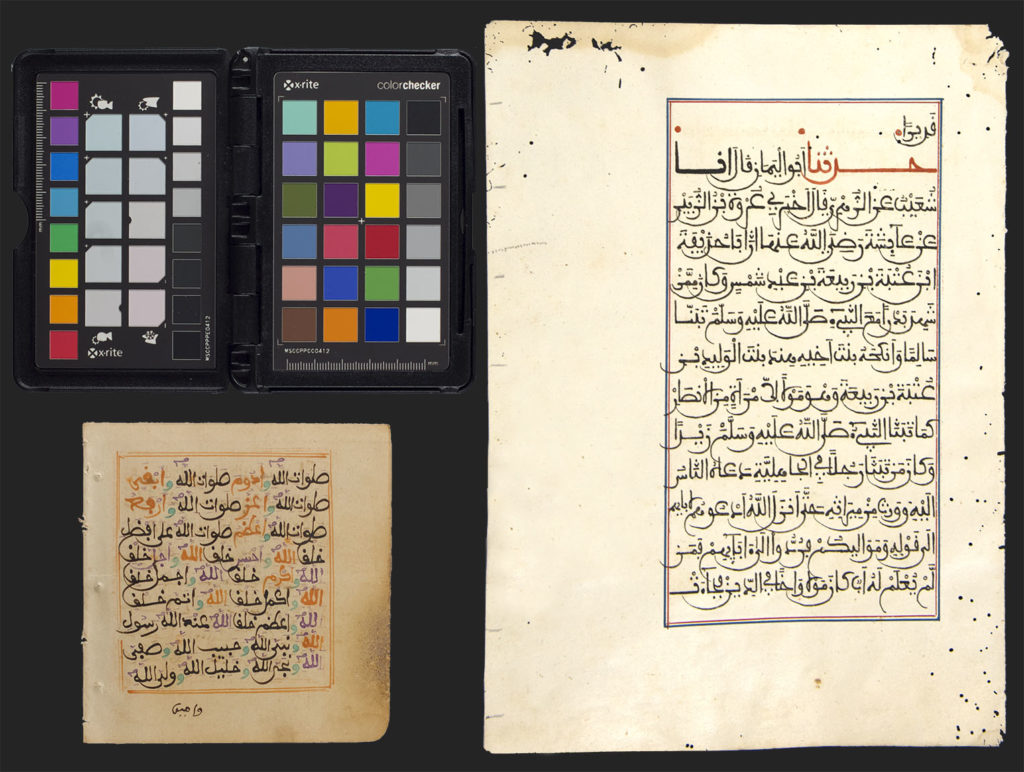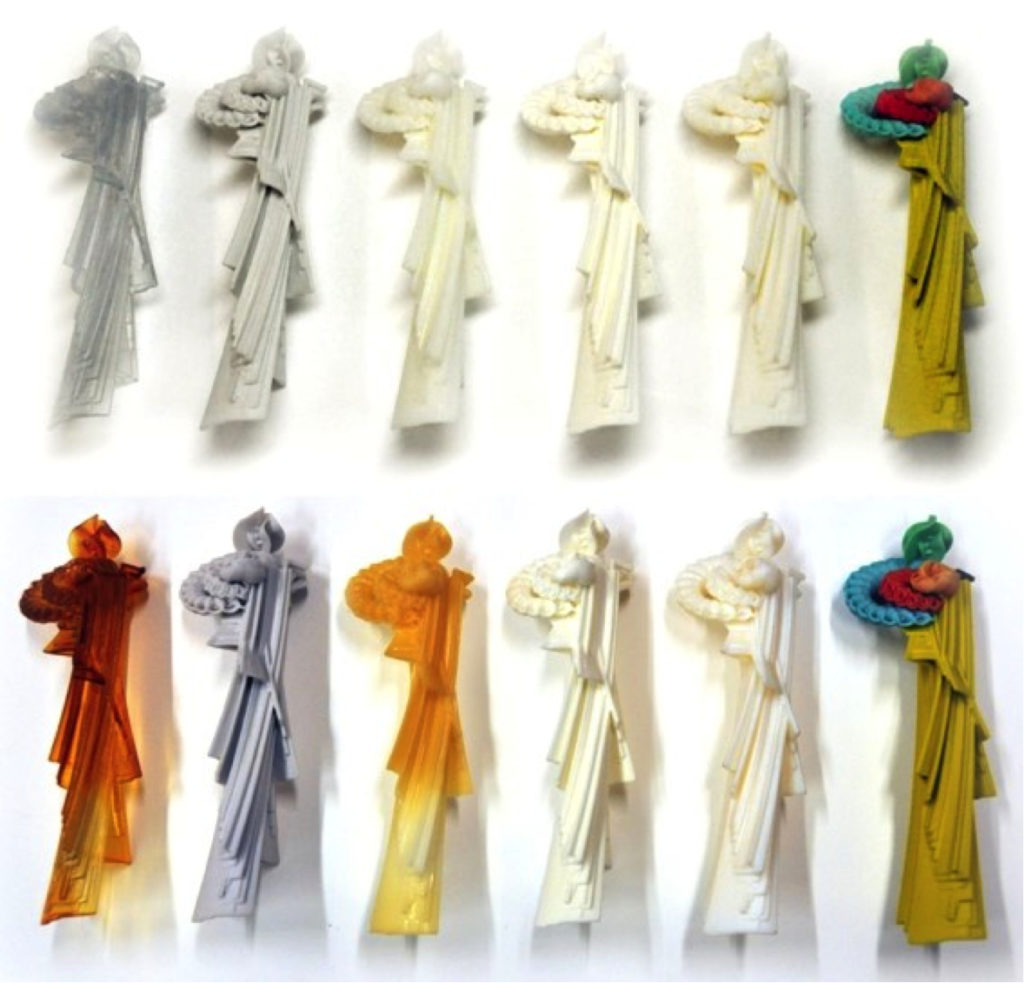
This blog post has been cross-posted with permission from SEAHA-CDT. The original version can be read here.
Following multiple successful publications, we are pleased to announce that SEAHA now has its own collection within journal Heritage Science; ‘The SEAHA-CDT collection’.
The SEAHA CDT collection showcases research papers produced by students studying at our Centre for Doctoral Training, Science and Engineering in Arts, Heritage and Archaeology based at UCL, University of Oxford and University of Brighton.
I see the journal Heritage Science as the ideal venue for our research output: it is interdisciplinary, open to new ideas, and commited to the advancement of heritage science as a scientific discipline
With a wide range of research areas, the collection displays not only the high quality research emerging from the centre but also the diversity of expertise being developed within SEAHA’s cohort. For example, the collection includes work by UCL Institute for Sustainable Heritage PhD student Danae Pocobelli who examines using building information modelling (BIM) for heritage buildings. In her article Pocobelli reviews how BIM has been used in the conservation of historic buildings to date and how aspects of BIM such as condition monitoring and weathering simulation can be used in future.
Another contribution from Hend Mahgoub explores techniques and materials used in Islamic papermaking. Using a variety of chemical analytical methods including surface profilometry, scanning electron microscopy and infrared spectroscopy, Mahgoub concludes that while there is no single defining characteristic of Islamic paper, 88% contain starch or were polished and the majority were neutral to mildly acidic.

Other contributions to the collection are equally as diverse, on topics such as smells of heritage, imaging Egyptian mummies, and moisture induced damage in the stately home Blickling Hall in Norfolk.
The authors’ backgrounds aranging from pure maths to engineering, to chemistry and sculpture. For instance Carolien Coon, whose research explores the degradation of 3D printed museum objects, has a background in fine art and worked as a sculpture conservator before embarking upon her PhD.

Papers for the SEAHA CDT collection are selected by Guest Editor Dr Josep Grau-Bove, who commented on the collection, “I see the journal Heritage Science as the ideal venue for our research output: it is interdisciplinary, open to new ideas, and committed to the advancement of heritage science as a scientific discipline. We hope to continue growing this collection as SEAHA progresses, with at least four new papers a year”. Papers produced by the CDT are invited to be submitted as part of this article collection in Heritage Science.
Comments